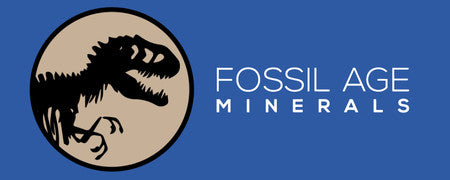Knowing and researching the dinosaur age and its various species is always interesting. One of their several species is Tyrannosaur, a genus of giant theropod dinosaur. According to researchers, Tyrannosaurs existed in what is today called western North America. Its fossils are found in a variety of rock formations from the period 68 to 66 million years ago. Like other Tyraanuroids species, Tyrannosaurs were also bipedal carnivores with giant skulls balanced by a long tail. Their 21 feet size with huge Tyrannosaur teeth were large enough to dissect a car. Here we will discuss essential facts about their teeth and other fossils.

Facts To Know About Tyrannosaur Teeth And Fossils
As a curious finder and collector of information and fossils of Dinosaurs, you may get several essential information here in the below-mentioned points.
- Tyrannosaur Teeth
Tyrannosaurs are one of the largest and most dangerous carnivores of all time, known for their vast size and sharp teeth. Their size was almost 21 feet if they stood upright, and their sharp, zigzagged teeth were more dangerous than other creatures. Scientists utilize Tyrannosaur teeth for sale for more research and study to know about their eating habits and digestion systems.
Tyrannosaur teeth were six feet long, accompanied with four feet long jaws large enough to dissect anything large, like a car. These teeth were the primary source to kill their prey and chop them into pieces before gobbling them.
- Skeleton
As far as the skeleton of Tyrannosaurus is concerned, the central part to discuss is the skull. Compared to other non-Tyrannosaurid species, the Tyrannosaurus skull differed due to its wideness at the rear. But an excellent narrow snout allows it quality binocular vision. The skull bones were huge, and the nasals and some other bones were fused, preventing movement between each other.
Its complete jaw contained almost 60 massive Tyrannosaur teeth, while its front dentary bone contained thirteen teeth. The forelimb on the arm was very short, and the upper arm bone and humerus were short but robust enough for their work. The shoulder girdle was longer than the entire forelimb of the Tyrannosaur.
- Arms
Tyrannosaur arms are small relative to their overall body size, measuring only one meter long. Therefore, some scholars labeled their arms as vestigial parts of their bodies. Tyrannosaur forelimb bones exhibit extremely thick cortical bones that researchers have interpreted as evidence that they were built to uplift heavy loads. The biceps brachii muscle of Tyransur was capable of lifting 199 kilograms. Other muscles, like the brachialis, work with the elbow to make its lifts more powerful. The M. biceps muscle of Tyrassur was 3.5 times more potent than the human equivalent.
- Brain
Tyrannosaurus had much larger olfactory bulbs and olfactory nerves relative to their brain size. These are the organs in the brain that are responsible for their heightened sense of smell. Therefore, they had a solid capability to smell and sense any carcass, even at a significant distance. The studies have found that Tyranssur had the giant brain of all adult non-avian dinosaurs except a few Maniraptoriforms. The study also found the ratio of cerebrum mass to brain mass ranged from 47.5 to 49.53 percent, which is close to the most miniature sexually mature alligators.
Shop For Your Favorite Fossils With Fossil Age!
We discussed the various facts about the teeth and fossils of Tyrannosaurus. Apart from that, if you are looking for a professional store to buy Tyrannosaurus fossils or Corythosaurus fossils, reach out to Fossil Age Minerals. They are trusted and affordable providers of fossils of various extinct species. You can contact them to know more about their products and prices.


